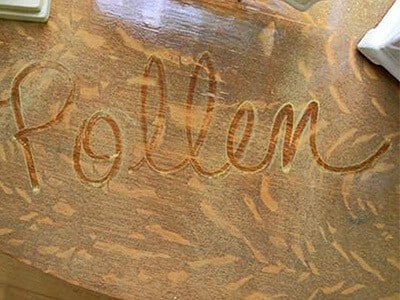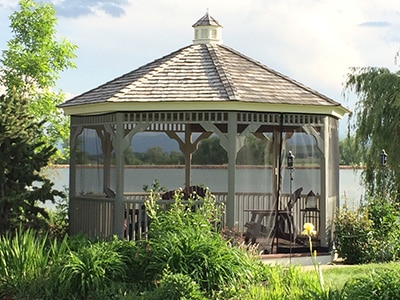You can also watch this fun slide show. As the summer season approaches, people are already thinking about mosquitos. There is nothing more aggravating than that high pitched whine in the middle of the night of a mosquito hunting you for another meal. A mother’s visceral reaction to a nasty blood sucker on a child’s forehead will certainly incur her speedy wrath. While today the risks to Americans is relatively low, this disease carrying monster has inflicted far more harm on mankind than most of us in the U.S. realize. Here are a few historical facts about this deadly killer.
The number one killer of man is the mosquito. Mosquitos kill over one million people per year world-wide. Of 207 million cases of Malaria in 2012, there have been 627,000 deaths from Malaria, alone. In fact, mosquitos have killed more people than all the wars in all of history. Other diseases include St Louis encephalitis, West Nile Virus, Dengue Fever and the deadly Yellow Fever. Mosquitos containing the malarial parasite have been found in amber fossils as old as 30 million years.
Malaria is the Latin Tem for “Bad Air” Julius Caesar believed malaria was caused by the stinky marshes surrounding Rome. Caesar is credited for significantly reducing the incidence of malaria in Rome by draining the marshy breeding grounds. While it wouldn’t be until the late 19th century before Malaria was linked to mosquitos, the bad air theory would last for another 1,900 years. Even British royalty would escape to the mountains during the summer to escape the “bad air” that William Shakespeare mentions in several of his plays as “marsh fever”.
Biblical hysteria was probably not demonic possession. Malaria that was common in biblical times. Cerebral malaria can certainly cause hallucinations during episodes of fever that could have easily been interpreted as demonic possession.
Execution by Mosquito Ask anyone in Alaska and they will tell you that mosquitos are fiercely intense, albeit for a shorter season. It was commonly reported that a cruel form of execution was to strip a man naked and send him down the Yukon in a canoe where he would either die of suffocation by inhaling the clouds of mosquitos or die of blood loss called desanguination. Mosquitos hibernate in cold temperatures and have adapted to breed quickly in colder climates. The mosquito seasons are shorter in colder regions but are far more intense.
Yellow Fever is the most lethal Mosquito vectored disease. Yellow Fever originated in Africa and likely transmitted to America through the slave trade. With a staggering 50% mortality rate, this disease was practically a death sentence with no cure. Even George Washington was forced to leave the capital of Philadelphia during the 1793 outbreak that decimated 10% of the population. Several other port cities faced similar deadly epidemics. The building of the Panama Canal hospitalized 80% of the workers due to both Malaria and Yellow Fever.
Florida considered uninhabitable. Up until about 1845, Florida was considered uninhabitable due to mosquito borne disease, but when Henry Flagler built the FL East Coast Railroad, the wealthy began building vacation homes. The wealthy could afford marsh draining (like Caesar), fans and bed netting to protect themselves. At the turn of the century in 1890, with the help of Walter Reed stationed in Cuba during the Spanish American War, scientists finally found the link between these diseases and the parasite carried by mosquitos. From then on, attention turned to mosquito control and eradication and these diseases became far less prevalent.
It wasn’t until 1950 that mosquito borne diseases were under full control in the U.S. Believe it or not, it is probably window screens and air conditioning that did the most to bring an end to these diseases. Air conditioning enables people to close their windows during the summer months effectively sealing the house. In addition, the improved education and preventative measures also made a marked difference. Probably the best way to protect your home is to remove sources of standing water that can be found in anything as small as a bottle cap or leaf.


